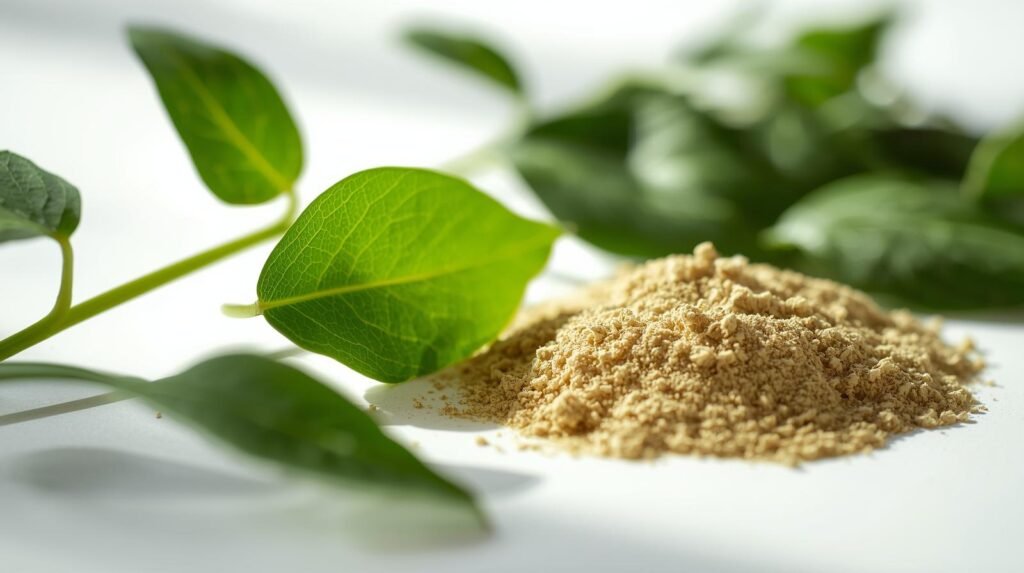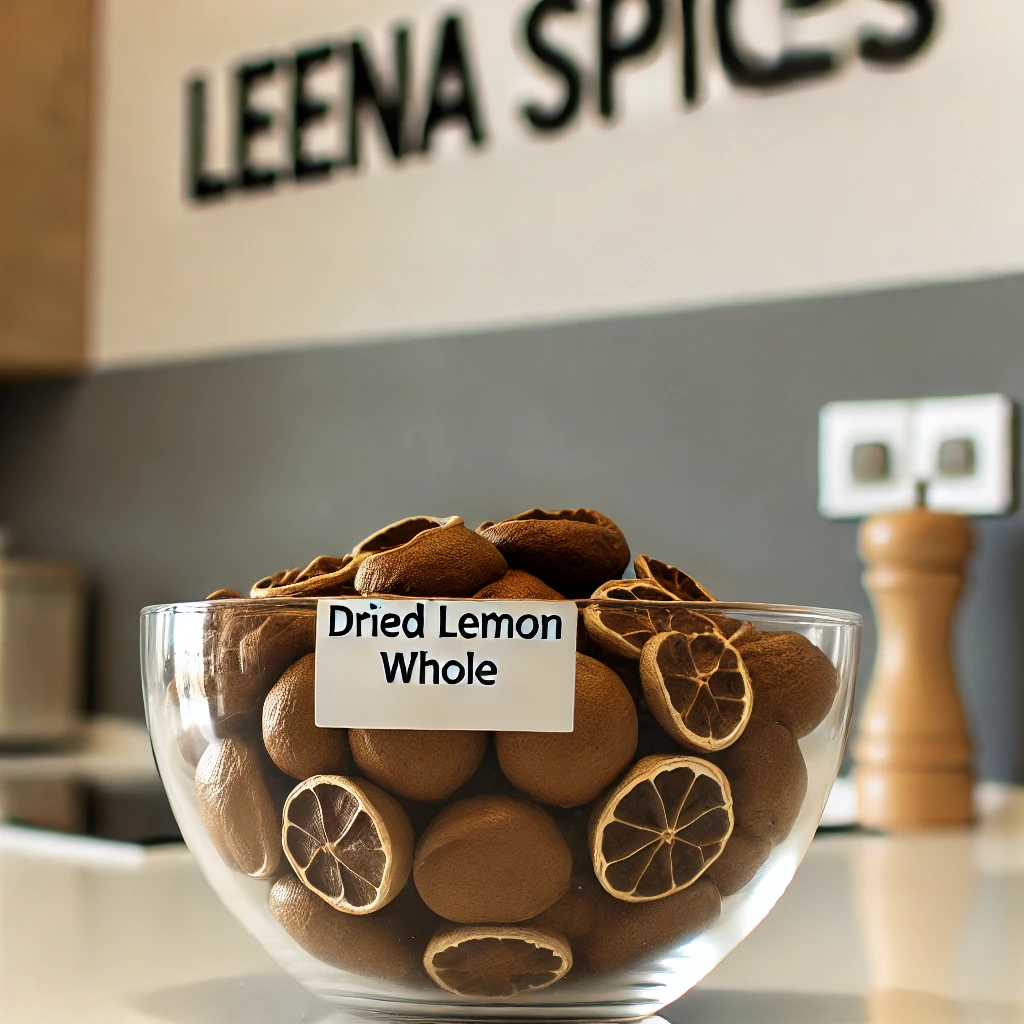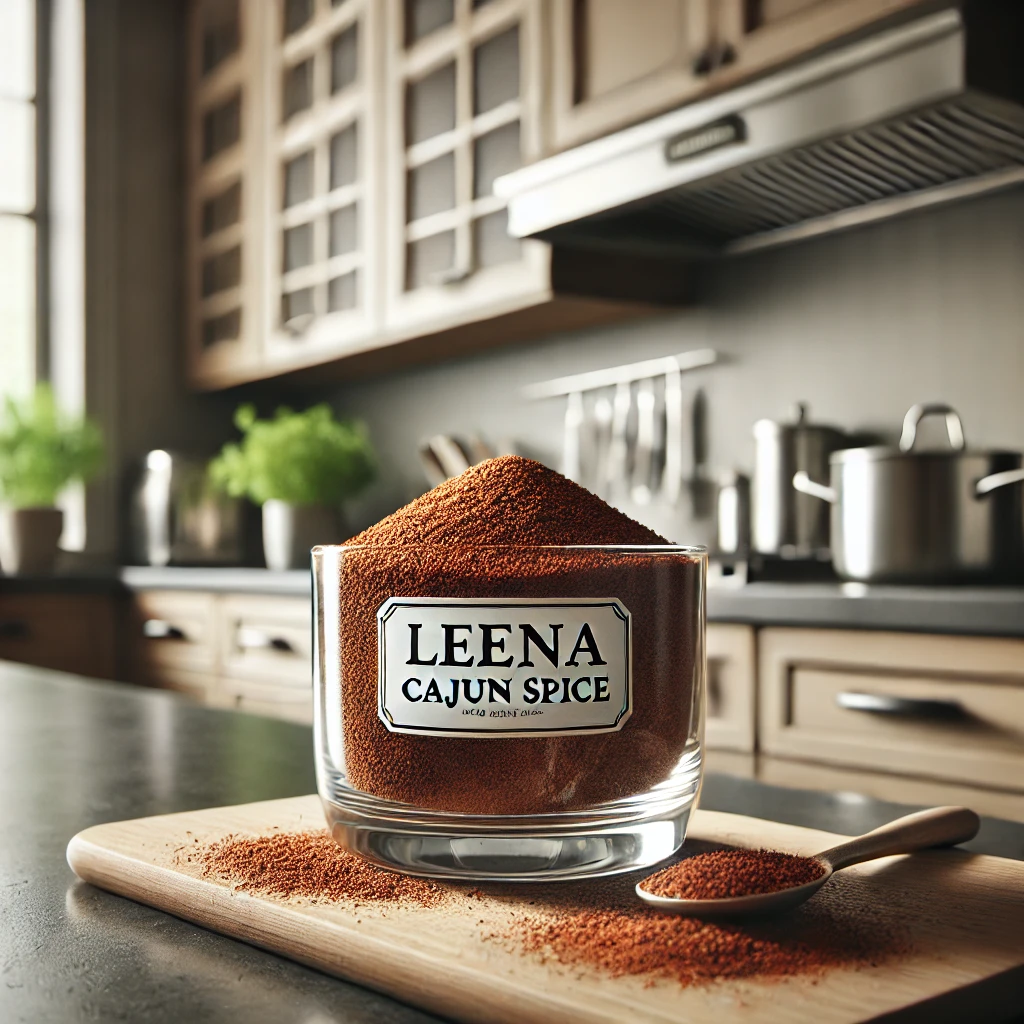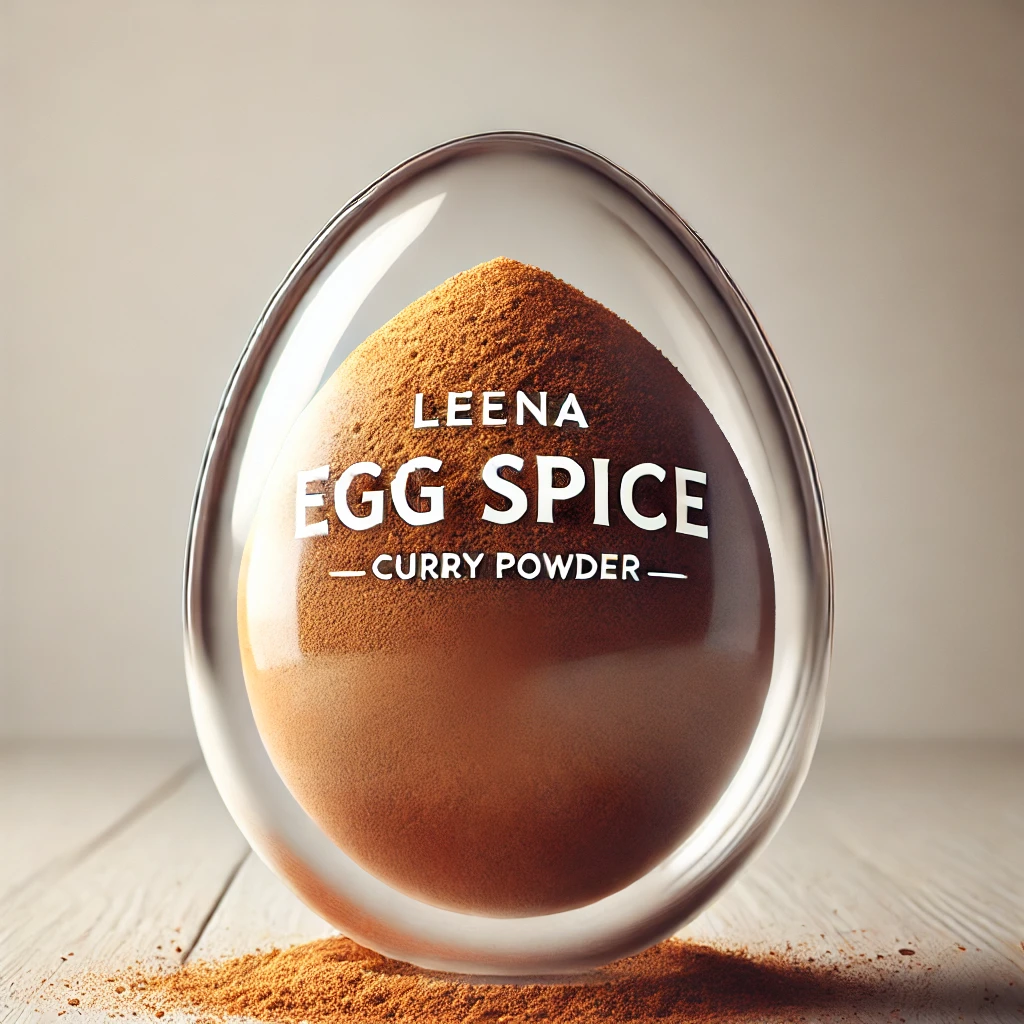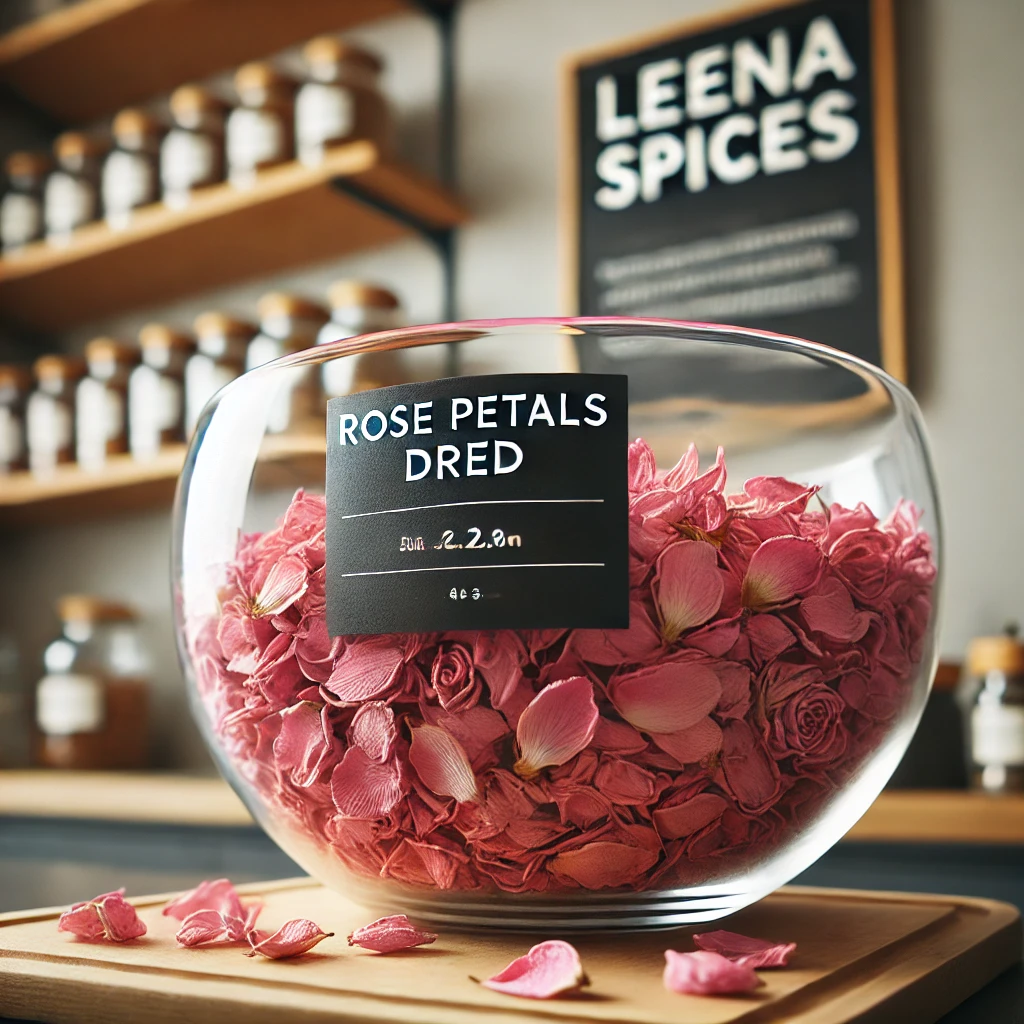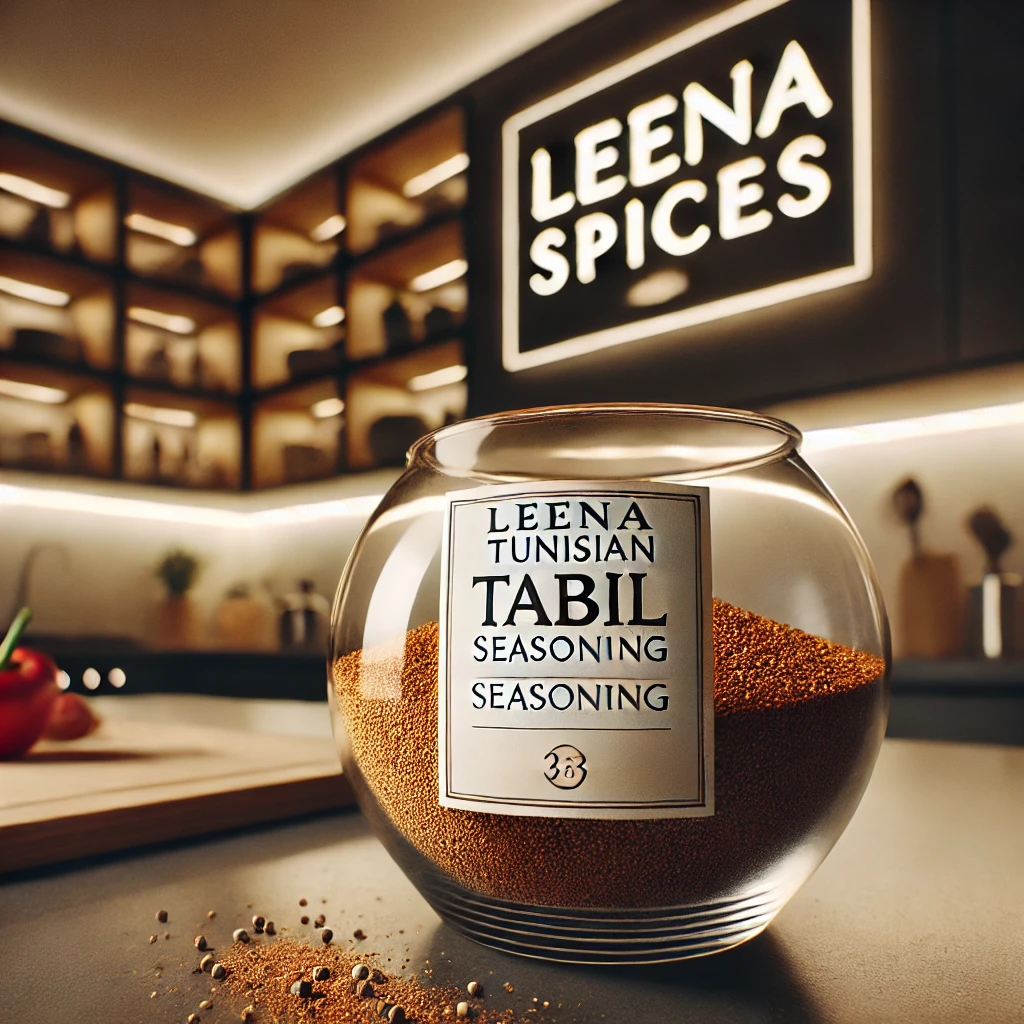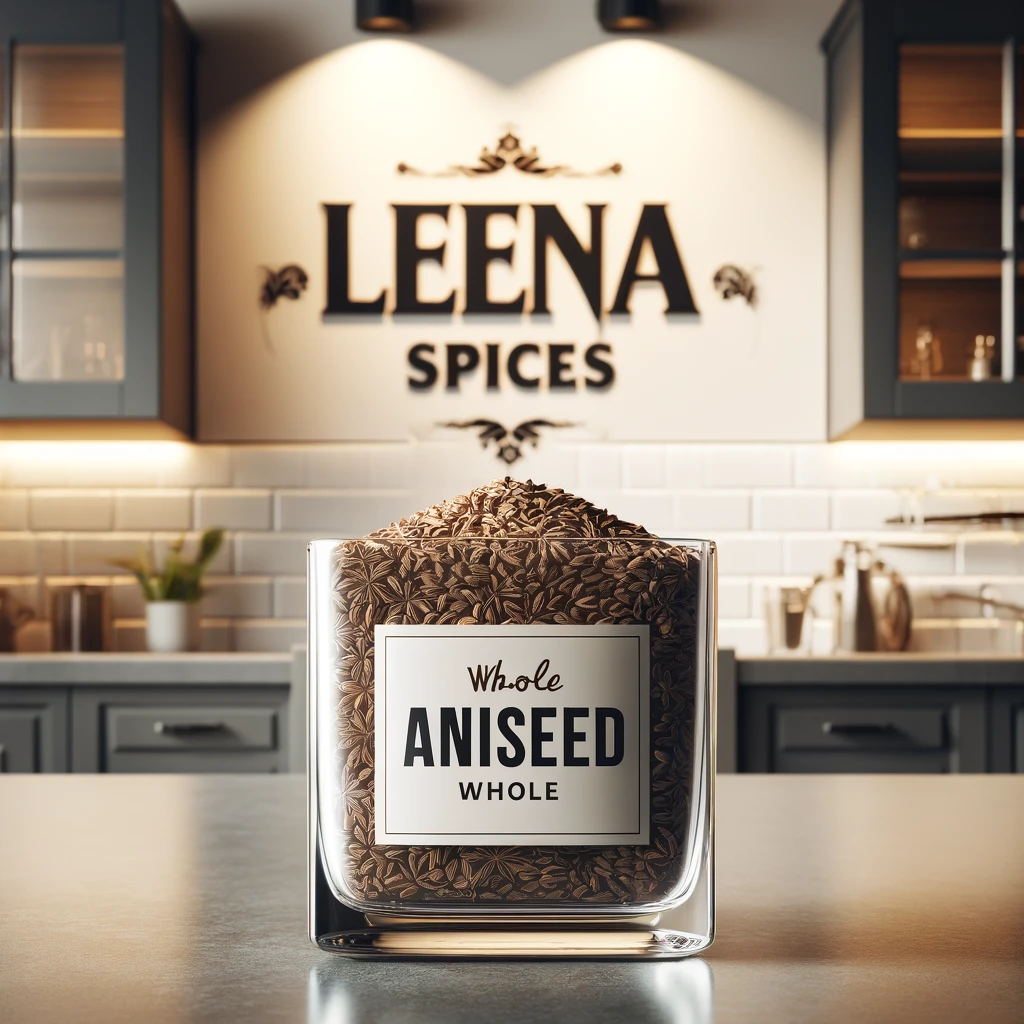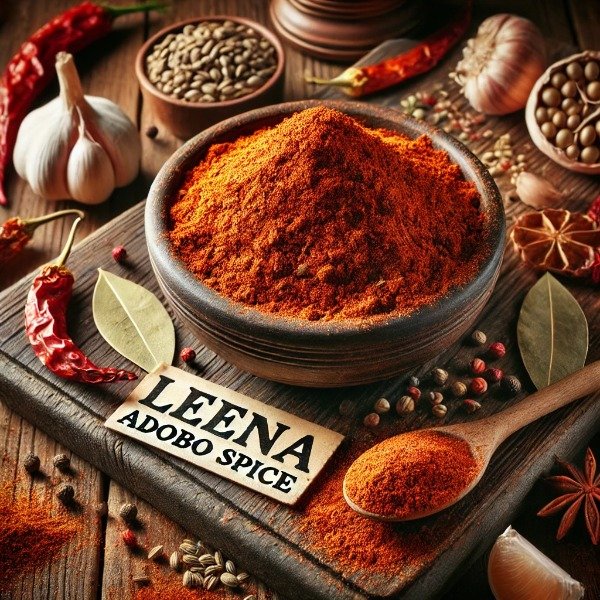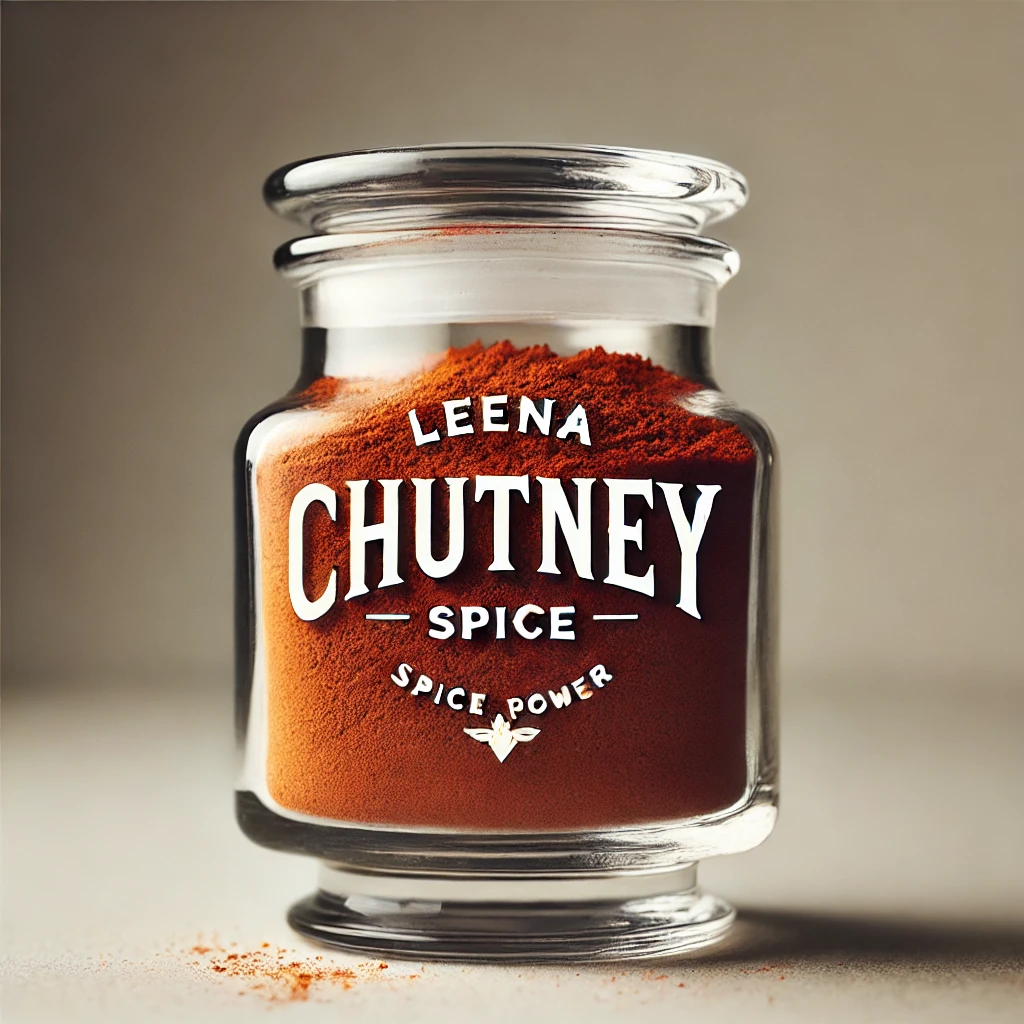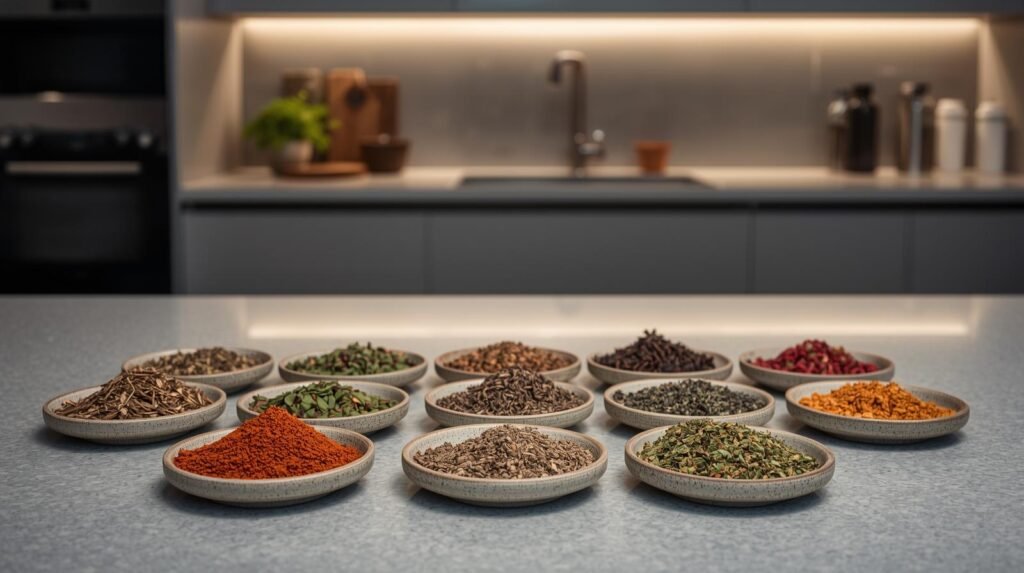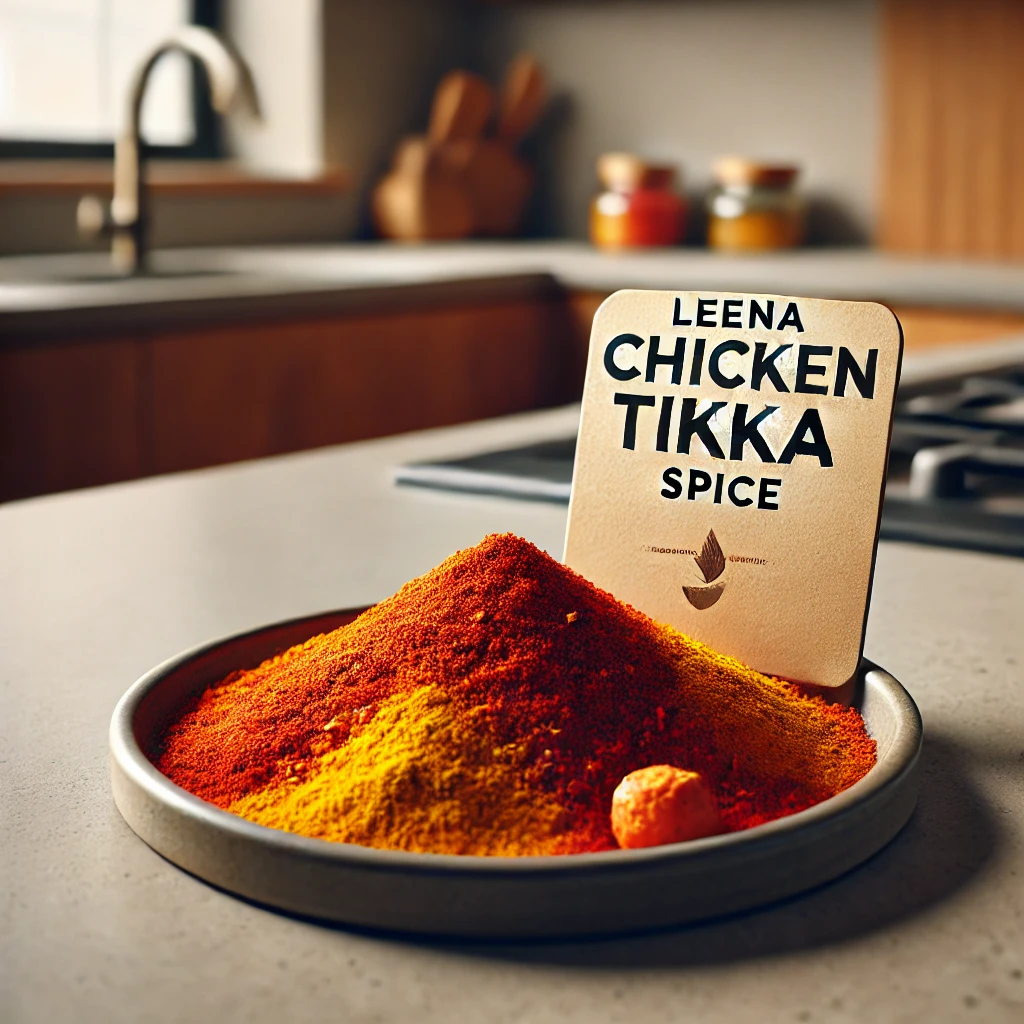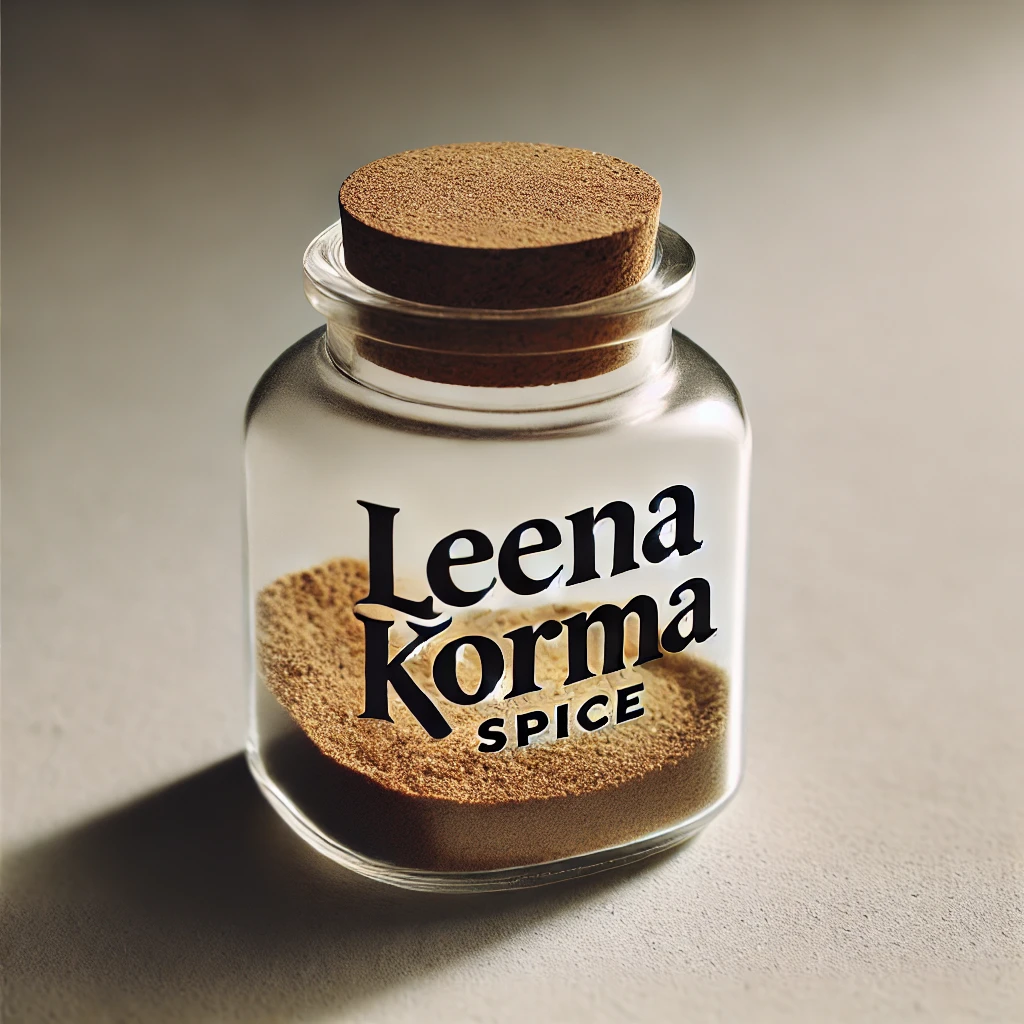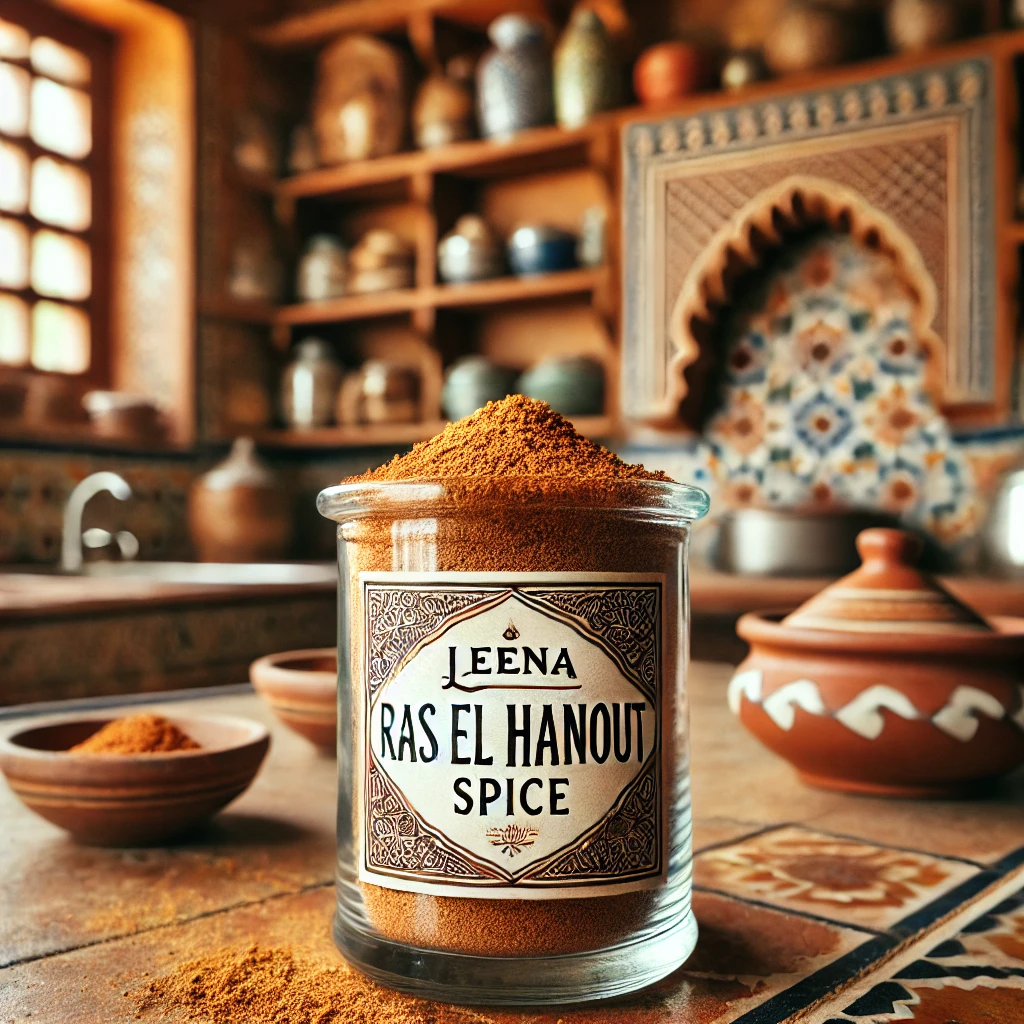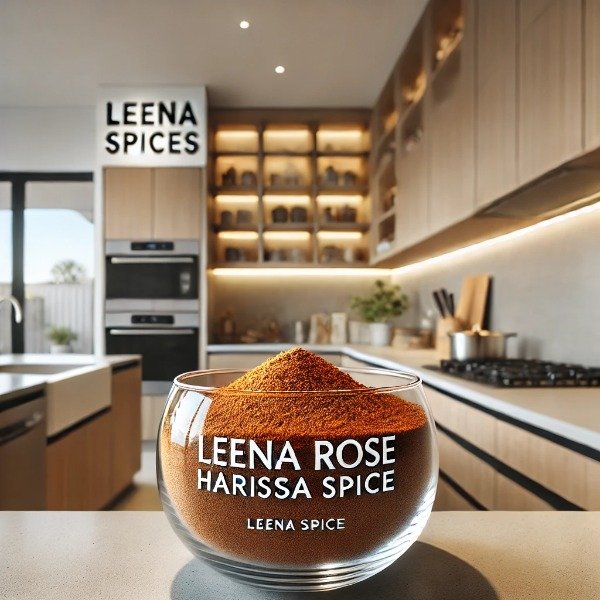How do I use French spice blends in cooking?
Using French spice blends in cooking is one of the most effective ways to bring the authentic and refined character of French cuisine into your own kitchen.
These carefully balanced mixtures, crafted with herbs and spices traditionally used across different regions of France offer depth, aroma, and a distinctive elegance that transforms everyday meals into gourmet experiences.
Whether you are preparing a rustic Provençal stew or a delicate seafood dish from the coast of Brittany, this guide is designed to help you harness the full potential of French seasoning, enhancing your dishes with subtlety, sophistication, and flavor harmony.
1. Choose the Right Blend for Your Dish
French spice blends are each designed for a specific role in cooking. For example
- Herbes de Provence is a classic blend that pairs beautifully with roasted meats, seasonal vegetables, and grilled fish, infusing each dish with the fragrant essence of southern France.
- Fines Herbes is best suited for delicate dishes such as omelets, cream sauces, and light seafood preparations, where its subtle flavor can truly shine.
- Bouquet Garni is traditionally used to infuse stocks, soups, and stews with deep, aromatic flavor during long, slow simmering.
- Quatre Épices adds a warm, aromatic depth to pâtés, braised meats, and even sweet baked goods.
- Piment d’Espelette lends gentle heat and a touch of fruitiness to egg dishes, potatoes, and poultry, enhancing them without overpowering.
2. Start with Small Amounts
French cuisine values balance and subtlety. Use small quantities—typically ½ to 1 teaspoon per 4 servings. Adjust to taste. Adding too much can overpower the dish rather than enhance it.
3. Know When to Add the Blend
- Early in Cooking: Use heartier blends like Bouquet Garni and Quatre Épices early in the cooking process so the flavors can meld slowly.
- Near the End or at Serving:
- Add lighter blends like Fines Herbes and Herbes de Provence near the end of cooking, or even sprinkle them fresh before serving to retain their delicate aromas.
4. Pair Thoughtfully with Ingredients
French blends work best when matched with traditional ingredients:
- Tomatoes, olives, garlic, and eggplant pair well with Herbes de Provence.
- Cream, eggs, fish, and mushrooms benefit from the finesse of Fines Herbes.
- Rich meats, wine-based sauces, and root vegetables shine with the warm spice of Quatre Épices.
5. Get Creative with Modern Applications
French spice blends aren’t limited to traditional dishes. Try using them in:
- Compound butters
- Vinaigrettes or marinades
- Infused oils
- Roasted nuts or popcorn for a gourmet snack
6. Use High-Quality Herbs and Spices
To achieve true French flavor, use authentic, high-quality spices. You can also blend your own using fresh or carefully sourced dried herbs, especially if you want to tailor the flavor to your preferences.
Final Tip:
Let French spice blends guide your cooking, not dominate it. When used thoughtfully, they bring out the best in your ingredients, helping you craft dishes that are elegant, balanced, and unmistakably French.
How Can French Spice Blends Make My Dishes Taste More Authentic?
French spice blends can elevate your cooking by capturing the nuanced, elegant balance of traditional French cuisine. These thoughtfully composed blends, rooted in centuries of regional culinary heritage, combine herbs and spices that naturally complement classic French ingredients, bringing authenticity and depth to your dishes.
Each blend whether it’s Herbes de Provence, Fines Herbes, Quatre Épices, or Bouquet Garni has deep roots in specific regions of France. Their traditional use in time-tested recipes means they bring an immediate sense of place and authenticity to your cooking.
- Herbes de Provence evokes sun-drenched southern France with its mix of thyme, rosemary, and lavender.
- Quatre Épices delivers a warm, aromatic depth reminiscent of French charcuterie and slow-cooked stews.
- Fines Herbes offers a delicate touch for lighter fare like eggs and fish.
- Bouquet Garni adds subtle complexity to soups and braised dishes.
2. Harmony of Flavors: A Gentle Touch for Rich Results
Authentic French cooking is all about harmony. These blends are designed to enhance, not dominate, the main ingredients. Their balanced composition ensures your dish tastes layered and refined and not overly spicy or herbaceous.
3. Helps You Cook Like the French
Using these blends the way French cooks do, in measured amounts and at the right time, immediately brings a professional, regional flair to your meals. A touch of Bouquet Garni in a homemade broth or a sprinkle of Herbes de Provence on roasted vegetables helps replicate the same subtle flavor profiles found in classic French kitchens.
4. Elevates Simple Ingredients
French spice blends can make even the simplest ingredients like potatoes, chicken, or eggs taste elegant and sophisticated. With just a teaspoon or two, you can elevate your dish without needing complex sauces or long preparation times.
5. Adds a Signature French Aroma and Taste
The moment you add French spice blends to a hot pan or warm sauce, their signature aroma fills your kitchen. That sensory cue alone can signal the authenticity of the dish that is earthy, herbal, slightly floral, or warmly spiced, depending on the blend.
What French Spices Should I Use to Enhance My Dishes Like a Chef?
The moment you add French spice blends to a hot pan or warm sauce, their signature aroma fills your kitchen. That sensory cue alone can signal the authenticity of the dish that is earthy, herbal, slightly floral, or warmly spiced, depending on the blend.
Herbes de Provence
What It Is
Herbes de Provence is a fragrant, aromatic blend of dried herbs traditionally associated with the rustic and sun-drenched cuisine of southern France. The classic mix typically includes thyme, rosemary, savory, marjoram, and oregano. Although some variations may also feature lavender for a floral note. This blend captures the essence of Provençal cooking, known for its vibrant, herb-forward flavors.
How to Use:
- Roasting:
Herbes de Provence shines when used to season roasted vegetables and meats. Simply sprinkle 1–2 teaspoons over ingredients such as zucchini, eggplant, potatoes, chicken, or lamb before roasting. Toss everything in olive oil to help the herbs adhere and release their aromatic oils during cooking. The result is a savory, herbaceous flavor profile that’s both warm and sophisticated. - Grilling:
Use the blend as a dry rub on fish—especially salmon—or pork chops before grilling. About 1 teaspoon per pound of meat is ideal. This adds a Mediterranean flair and depth of flavor that pairs well with charred, smoky notes from the grill. - Stews and Soups:
For slow-simmered dishes like ratatouille or hearty vegetable soups, add Herbes de Provence early in the cooking process—usually about 1 teaspoon. Dried herbs need time to soften and fully infuse their flavors into the dish. Adding them too late may result in a more brittle texture and muted taste. - Pro Tip:
For a simple yet gourmet preparation, mix Herbes de Provence with extra virgin olive oil and minced garlic to create a flavorful marinade for meats or a rustic dipping sauce for crusty French bread. It is also excellent stirred into softened butter for herb butter that can be served with steaks or vegetables.
Example Dish:
Create a classic Provençal roast chicken by rubbing a whole bird with olive oil, Herbes de Provence, lemon slices, and whole garlic cloves. Roast until golden and fragrant for a timeless French main course that is both comforting and elegant.
Fines Herbes
What It Is:
Fines Herbes is a classic French herb blend known for its light, subtle, and fresh flavor profile. Unlike heartier spice mixes, this delicate combination features finely chopped fresh herbs, typically parsley, chives, tarragon, and chervil. It is a hallmark of refined French cuisine, often used to enhance lighter dishes without overpowering them. Because of its delicacy, Fines Herbes is almost always added at the end of cooking or used raw to preserve its fresh, aromatic qualities.
How to Use:
- Eggs and Dairy-Based Dishes:
Fines Herbes pairs beautifully with eggs and creamy sauces. Stir 1–2 tablespoons of freshly chopped herbs into omelets, scrambled eggs, or dairy-based sauces like beurre blanc just before serving. - Salads and Vinaigrettes:
Add 1 tablespoon per serving to vinaigrettes, potato salads, or mixed greens to introduce a mild, herbaceous brightness. Their clean taste complements raw vegetables and light dressings exceptionally well. - Seafood:
Use Fines Herbes to gently elevate the flavor of poached or grilled white fish such as sole, cod, or trout. Simply sprinkle the herbs over the cooked fish right before serving. Pro Tip:
Always add Fines Herbes at the very end of cooking or use them raw. Prolonged heat breaks down their fresh flavor and can render them tasteless. If you are using a dried version (though fresh is strongly preferred), reduce the quantity to about one-third, for example, substitute 1 teaspoon dried for every 1 tablespoon fresh.
Example Dish:
Create a classic French omelet with Fines Herbes by folding freshly chopped parsley, chives, tarragon, and chervil into the eggs just before folding, then finish with a touch of creamy goat cheese. This dish is a quintessential example of how simple ingredients, when treated with care, can produce a refined and satisfying result.
Quatre Épices
What It Is:
Quatre Épices, meaning “four spices” in French, is a warm and aromatic blend traditionally used in both savory and sweet French dishes. While the exact composition can vary slightly, it typically includes white pepper, nutmeg, cloves, and either cinnamon or ginger. This spice mix is often described as the French answer to allspice and is cherished for its ability to add subtle depth and complexity to hearty dishes.
Used most commonly in traditional charcuterie, stews, and braised meats, Quatre Épices offers a signature warmth that speaks to the comforting side of French cuisine. Its bold character means a little goes a long way.
How to Use:
- Meats and Charcuterie:
Quatre Épices is a staple in many classic French charcuterie preparations. Add ½ to 1 teaspoon to ground meat mixtures when making sausages, pâtés, or terrines. The spice blend enhances richness and adds a warm, peppery depth that elevates the overall flavor profile. - Stews and Braised Dishes:
For robust, slow-cooked dishes such as coq au vin, beef bourguignon, or pork stews, incorporate Quatre Épices early in the cooking process—about ½ teaspoon per 4 servings is a good starting point. This allows the spices to slowly infuse and harmonize with the other ingredients, resulting in a deeply layered flavor. - Baking:
While Quatre Épices is best known for its role in savory cuisine, it can also be used in baking. Add a small pinch to spiced breads, gingerbread, or fruit-based desserts for a subtle French twist. Its complexity complements apples, pears, and figs particularly well. - Pro Tip:
Because of its intensity, use Quatre Épices sparingly. A little can go a long way. In savory recipes, consider balancing its warmth with acidic ingredients like tomatoes, wine, or vinegar to round out the flavors and prevent the spices from becoming overpowering.
Example Dish:
Make a rich, comforting pork stew by seasoning the meat with Quatre Épices and braising it slowly in red wine, along with onions, carrots, and garlic. The result is a deeply flavorful, aromatic dish perfect for cold-weather dining and classic French-inspired meals.
Bouquet Garni
- Soups and Stocks: Add a bouquet garni to the pot when preparing stocks, broths, or soups such as the iconic French onion soup or a vegetable consommé. Use one bundle for every 4–6 cups of liquid. Allow it to simmer along with the other ingredients, then remove it before serving or straining. It imparts depth without clouding the texture or leaving behind residual herbs.
- Braises and Casseroles: For slow-cooked dishes like pot-au-feu, cassoulet, or braised beef, place the bouquet garni into the pot at the beginning of cooking. The herbs will subtly infuse the dish with earthy, herbal complexity that builds over time without dominating the primary flavors.
- Pro Tip:
Customize your bouquet garni based on the ingredients in your dish.
- Add tarragon for fish-based recipes.
- Use rosemary when cooking lamb or hearty meats.
- For lighter stocks, leek leaves or celery tops can be added for nuance. While fresh herbs offer the best flavor and aroma, dried herbs can be used if wrapped securely in cheesecloth or a reusable herb infuser.
General Tips for Using French Spice Blends
Mastering the use of French spice blends begins with understanding the subtlety and balance that define French cuisine. Below are some key guidelines to help you use these blends effectively and with confidence:
- Balance Flavors Thoughtfully
French cooking is renowned for its emphasis on balance and restraint. When using spice blends, less is often more. Start with a small amount—such as ½ teaspoon per 4 servings—and adjust gradually as needed. Tasting as you go allows you to build flavor without overpowering your dish. - Match Blends to Classic French Ingredients
Each French spice blend complements particular ingredients commonly found in traditional French recipes:
- Herbes de Provence pairs beautifully with olive oil, roasted vegetables like zucchini or eggplant, and grilled meats such as chicken or lamb.
- Fines Herbes enhances egg dishes, delicate fish, and creamy sauces with its fresh, subtle character.
- Quatre Épices adds depth to pork, duck, and root vegetables, especially in slow-cooked or charcuterie-style preparations.
- Bouquet Garni is ideal for infusing flavor into stocks, bean stews, or braised meats like pot-au-feu.
- Store for Freshness and Potency
To preserve their full aroma and flavor:
- Keep dried blends in airtight containers stored in a cool, dark place. They will retain their potency for about 6 months.
- For Fines Herbes, which relies on fresh, tender herbs, use within a few days of chopping for the best flavor. Avoid exposing fresh herbs to heat until the very end of cooking.
- Experiment Creatively But with Purpose
While French cooking honors tradition, it also welcomes thoughtful innovation. Try:
- Blending herbs into compound butters for grilled meats or fresh bread.
- Infusing oils with Herbes de Provence for dressings or dipping.
- Sprinkling fresh herbs over roasted vegetables or meats just before serving to add a bright, aromatic finish.
- Seek Authenticity and Quality
Whenever possible, use high-quality spices or grow your own herbs such as thyme, rosemary, or tarragon. French spice blends are often built around regional herbs, and their quality can significantly impact the final dish. When buying pre-made blends, check for authenticity, freshness, and minimal use of fillers or preservatives.
By applying these tips and respecting the natural character of each blend, you will not only enhance your dishes but also connect more deeply with the timeless elegance of French culinary tradition.
How Do French Chefs Combine Spices for Authentic Flavors?
French chefs are renowned for their mastery of subtlety in seasoning. Instead of relying on bold or overpowering spices, they skillfully layer delicate, aromatic herbs and spices to achieve balance, depth, and refinement. The aim is always to elevate the natural character of each ingredient and never to mask or overshadow it.
This thoughtful approach to blending herbs and spices is what gives French cuisine its signature sophistication.
Here is how French chefs combine flavors with intention for truly authentic results:
1. They Prioritize Harmony Over Heat
French cuisine doesn’t rely on chili heat or intense spice. Instead, it favors fragrant, herbaceous notes—like thyme, bay leaf, and tarragon—to create complexity. For warmth, they might use Quatre Épices, a mild blend of pepper, nutmeg, cloves, and ginger.
2. They Use Blends with Purpose
Traditional French spice blends are time-tested combinations created for specific types of dishes:
- Herbes de Provence: A mix of thyme, rosemary, oregano, marjoram, and sometimes lavender. These herbs are ideal for grilling, roasting, and tomato-based dishes.
- Fines Herbes: A delicate blend of parsley, chives, tarragon, and chervil, perfect for eggs, fish, and light cream sauces.
- Bouquet Garni: A tied bundle of herbs (like thyme, bay leaf, and parsley) added to soups, stews, and stocks to infuse without overpowering.
French chefs often adjust these blends based on the main ingredient, adding rosemary for lamb, tarragon for chicken or fish, and thyme for mushrooms or root vegetables.
3. They Match Herbs to Cooking Techniques
- Slow-cooked dishes (like cassoulet or beef bourguignon) benefit from robust herbs like bay leaf, thyme, and rosemary that can withstand long cooking times.
- Quick-cooked meals (like omelets or sautéed vegetables) call for more delicate herbs like chives, parsley, or tarragon added at the end to preserve freshness.
4. They Infuse, Not Overwhelm
Spices are added in measured amounts, usually 1/4 to 1/2 teaspoon per serving. This is to avoid overpowering the dish. For example, a chef might steep a Bouquet Garni in broth and remove it before serving, leaving behind only the subtle herbal essence.
5. They Let Ingredients Shine
French chefs believe good seasoning should highlight the main ingredients. For example, a roast chicken might be seasoned only with sea salt, thyme, and butter—but cooked perfectly so the seasoning enhances, not dominates, the meat’s natural flavor.
What Are the Essential Spices for French Cuisine Beginners?
If you are just starting out with French cooking, there is no need to stock an entire spice cabinet. French cuisine is known for its elegance and subtlety, focusing on a few well-chosen herbs and spices that enhance, rather than overpower, the dish. Here are the essential spices and herbs every beginner should have:
1. Thyme
- Why is it essential: Thyme is a cornerstone of French cooking. It brings earthy, slightly minty notes and pairs beautifully with meats, vegetables, and stews.
- Use in: Roasts, soups, sauces, and the famous Bouquet Garni.
2. Bay Leaf
- Why it’s essential: Used to add depth and background aroma during long simmering.
- Use in: Stocks, braises, stews like pot-au-feu or ratatouille.
3. Parsley (Flat-Leaf)
- Why it’s essential: Offers a fresh, bright contrast to heavier ingredients.
- Use in: Garnishes, compound butters, and Fines Herbes
4. Tarragon
- Why it’s essential: A classic French herb with a slightly anise-like flavor.
- Use in: Cream sauces, chicken dishes, seafood, and Béarnaise sauce.
5. Chives
- Why it’s essential: Adds a mild onion flavor without sharpness.
- Use in: Egg dishes, soups, and herb blends like Fines Herbes.
6. Rosemary
- Why it’s essential: Used more in southern French dishes; brings a piney, woodsy depth.
- Use in: Lamb, potatoes, vegetable stews, and rustic breads.
7. Herbes de Provence (Pre-made blend)
- Why it’s essential: A convenient mix of thyme, rosemary, marjoram, oregano, and sometimes lavender.
- Use in: Roasted vegetables, grilled meats, and tomato-based dishes.\
8. Quatre Épices
- Why it’s essential: This “four spice” blend (typically pepper, nutmeg, cloves, and ginger or cinnamon) adds warm, aromatic complexity.
- Use in: Charcuterie, meat stews, and traditional pâtés.
9. Dijon Mustard (bonus essential)
- While not a dried spice, it is a pantry staple in French cuisine essentially used to season, emulsify, and enhance dishes from vinaigrettes to marinades.
Getting Started Tip:
Start small by experimenting with Herbes de Provence or thyme and bay leaf in your soups and roasted vegetables. As your comfort grows, introduce other herbs like tarragon and Quatre Épices to explore the deeper layers of French flavor.
French cooking is all about restraint and balance. So focus on quality, not quantity, and let each herb and spice shine
How Do I Use French Seasoning Blends to Improve My Soups and Stews?
French seasoning blends have the power to infuse your soups and stews with rich depth, inviting aromas, and layered complexity, turning simple, everyday meals into warm, gourmet experiences. When used thoughtfully, these blends can elevate comfort food into something truly special.
Here’s how to get the most out of French spice blends in your soups and stews:
1. Use Bouquet Garni for Deep, Herbal Infusion
A Bouquet Garni is a classic French herb bundle, typically made with parsley, thyme, and bay leaf. It is tied together or wrapped in cheesecloth. It is simmered whole in your pot and removed before serving.
- How to use: Add one bundle per pot (about 4–6 cups of liquid). Perfect for slow-cooked dishes like French onion soup, beef stew, or chicken stock.
- Tip: Customize the herbs depending on your dish. Add rosemary for lamb, or tarragon for fish-based stews.
2. Add Quatre Épices for Warmth and Depth
Quatre Épices, meaning “four spices,” is a bold blend of white pepper, nutmeg, cloves, and cinnamon (or ginger).
- How to use: Stir in ½ to 1 teaspoon per pot, ideally at the beginning of cooking to allow flavors to meld. Best for hearty stews, lentil soups, and braised meats.
- Tip: Its warmth pairs well with acidic ingredients like wine or tomato.
3. Herbes de Provence for Rustic, Southern Flavor
A fragrant blend of thyme, rosemary, oregano, marjoram, and sometimes lavender, Herbes de Provence adds a sun-kissed Mediterranean essence.
- How to use: Add ½ to 1 teaspoon during cooking or just before serving for a brighter herbal finish. Ideal in vegetable soups, chicken stews, or bean casseroles.
- Tip: Toast the blend briefly in olive oil before adding liquid for enhanced aroma.
4. Fines Herbes for Light, Delicate Dishes
Made from parsley, chives, tarragon, and chervil, Fines Herbes is used in more delicate soups with cream, eggs, or seafood.
- How to use: Add at the very end of cooking (or even as a garnish) to preserve the blend’s freshness. Great for leek soup, fish chowder, or cream-based bisques.
5. Layering Is Key
Final Tip:
French spice blends are crafted to enhance, not dominate. Begin with small amounts, taste as you go, and let the flavors gently unfold, transforming simple soups and stews into refined, French-inspired dishes.
Keeping It Fresh: How to Store and Use French Blends
To get the most out of your French spice blends, proper storage and thoughtful usage are key. Here is how to preserve their quality and bring out their best in your cooking:
- Store in a Cool, Dark Place
- Keep your blends in airtight containers, away from light, heat, and humidity. A pantry or spice drawer works best. Exposure to air and light can cause delicate herbs to lose their aroma and potency.
- Use Within 6–12 Months
- While dried herbs don’t spoil, they do fade over time. For peak flavor, aim to use your French seasoning blends within 6 to 12 months of opening.
- Add at the Right Time
- Timing matters. Add robust blends like Bouquet Garni at the beginning of cooking, and delicate ones like Fines Herbes toward the end to preserve their fresh, subtle notes.
- Start Small and Adjust
- French cuisine values balance. Start with ½ to 1 teaspoon per four servings, then adjust to taste. The goal is to complement—not mask—the natural flavors of your ingredients.
- Avoid Moisture
- Never sprinkle spices directly from the container over steaming pots Moisture can get in and cause clumping or spoilage. Instead, measure out what you need in a spoon or small bowl.
Frequently Asked Questions (FAQ) About French Spice Blends
1. What are French spice blends?
French spice blends are carefully curated combinations of herbs and spices that capture the essence of traditional regional French cuisine. Popular blends such as Herbes de Provence, Fines Herbes, Quatre Épices, and Bouquet Garni each serve a distinct culinary purpose, bringing unique flavor profiles and versatility to a wide range of dishes.
2. How can French spice blends make my dishes taste more authentic?
French Spice blends are based on time-tested combinations used in classic French cooking. By using them, you are aligning your seasoning with traditional French flavor principles which is bringing balance, depth, and regional character to your dishes. Whether you’re preparing a roast, sauce, stew, or soup, French blends infuse your cooking with the aromatic richness typical of French cuisine.
3. Can I make French spice blends at home?
Absolutely. Many French blends can be made using herbs and spices you may already have. For example, Herbes de Provence typically includes thyme, rosemary, marjoram, and oregano. Making blends at home allows you to control freshness and customize flavors. Just be sure to use high-quality, preferably organic, dried herbs—or fresh ones for blends like Fines Herbes.
4. Are dried or fresh herbs better?
It depends on the blend.
- Fines Herbes is traditionally made with fresh herbs and should be added at the end of cooking.
- Herbes de Provence and Quatre Épices use dried herbs and spices and can be added earlier in the cooking process.
Fresh herbs provide a brighter flavor, while dried blends offer convenience and longer shelf life.
5. How much should I use in a dish?
Start small. A general rule is about ½ to 1 teaspoon per 4 servings for dried blends. You can always add more if needed. For fresh herbs like those in Fines Herbes, 1–2 tablespoons is a good starting point. Always taste and adjust to achieve balance.
6. Can I use French spice blends in non-French dishes?
Absolutely! While they are rooted in French tradition, many of these blends work beautifully in a variety of global dishes. Try using Herbes de Provence on grilled vegetables, or stir Fines Herbes into a creamy pasta sauce. The key is to experiment thoughtfully and let the herbs complement the dish without overwhelming it.
Conclusion
French spice blends provide a simple yet impactful way to bring authentic flavor and sophistication to your cooking. By incorporating these time-honored, regionally inspired mixtures, you are doing more than just seasoning but also embracing the essence of French culinary tradition. Whether you are crafting a rustic stew or a delicate omelet, these blends help you capture the elegance, balance, and depth that define true French cuisine—all from the comfort of your own kitchen.



